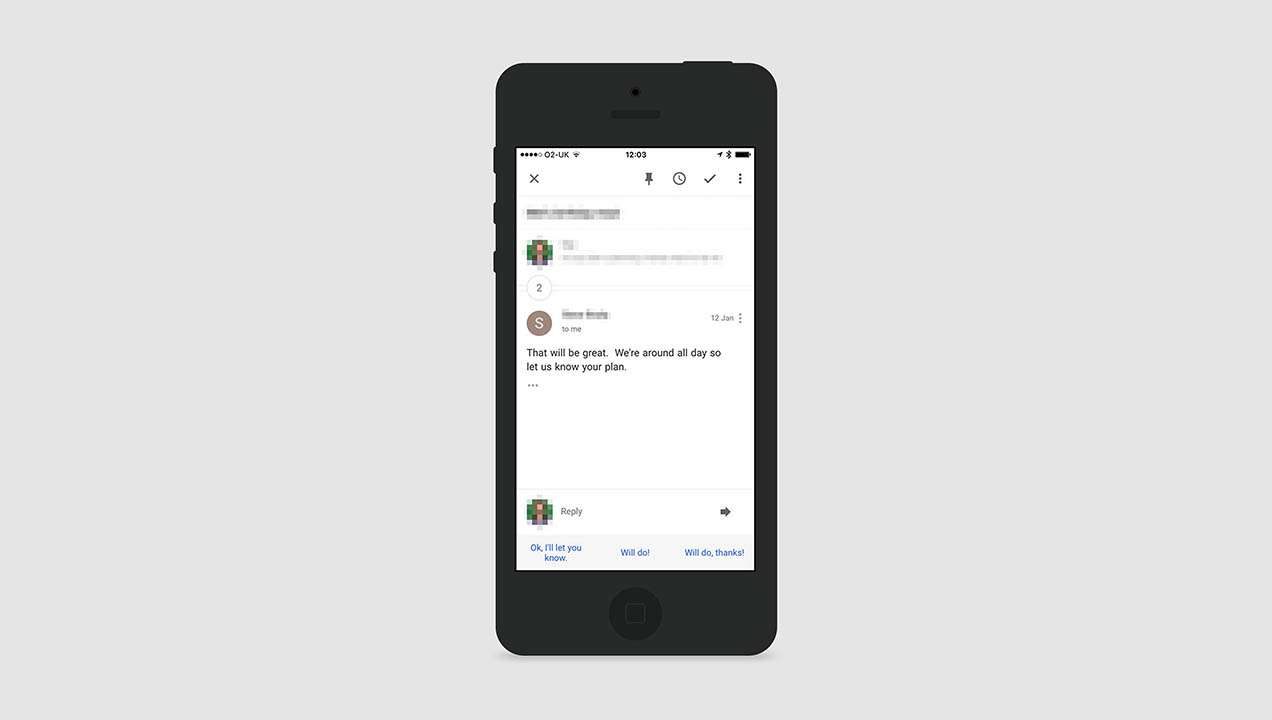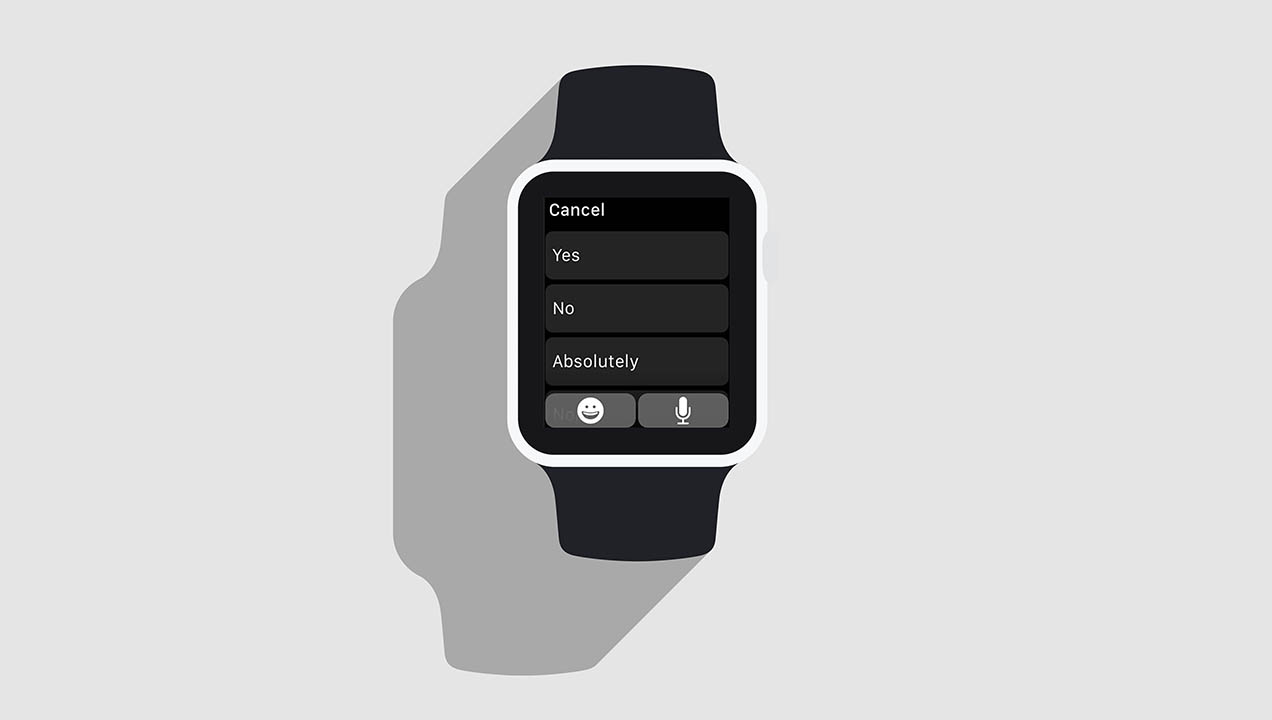The notifications plague
How might notifications evolve in the future, and how can they be designed to make us happy?
There are some things in life that we’re better off not knowing. What your next door neighbours are doing right now is probably one example. Exactly what was in that kebab you ate last night might be another. But for me, it’s notifications that often fall into the ‘things I’d rather not know about’ category.
Our mobile devices allow us to manage which apps can send notifications, and which can’t, but is this still too difficult for most of us to effectively manage? And does the overriding need to always be notified mean that we’re not likely to set notification preferences with our best interests at heart? There’s also an obvious tension between device owners not wanting to be drowned in notifications and app developers who want to encourage users to use their app as much as possible.
So how can this problem be solved? Should notifications have a ‘don’t show me this kind of notification again’ option? Or perhaps a ‘Snooze these kinds of notifications today/this week/this month’ option?
As technology advances, and becomes increasingly aware of the environment, notifications can be sent to us in a more timely manner. So, for example, we wouldn’t get social messages in work hours unless they’re important. And vice versa, so no work messages in social hours unless they’re urgent, leaving technology to decide on this rather than the person.
Therefore a message from your partner saying ‘It’s raining and all trains have been cancelled, can you pick me up?’ would get through during work hours, whereas a ‘Do you want to go to the cinema this weekend?’ might not.
Google and Apple are already in the business of intelligently offering up potential responses to messages we receive with Google Inbox and messages on the Apple Watch. This could easily be a first step towards more intelligently filter and responding to messages we receive.

But this inevitably leads to the question about how much we trust technology to filter these kinds of messages, and of course, how reliable it would be. I would suggest a few key rules for developers that notifications should follow to keep users happy:
- Provide a clear option to turn off or at least temporarily ‘mute’ notifications
- Be smart about using contextual information to understand when and where to most appropriately deliver the notification
- Ensure the information in the notification is concise and necessary to the user (e.g. would it be better sending a digest/summary at the end of the day rather than multiple messages as they happen?)
- Provide advanced settings for controlling what actions in your app create a notification
Hopefully a more considered approach to notifications by both the user and the developer will make us all happier and make our phones more efficient. I’m very conscious that seeing one new notification on my phone very easily leads me to then unlock my phone and check the news, or email, or…and then 10 minutes have gone by when all I needed to do originally was respond to one text message.

